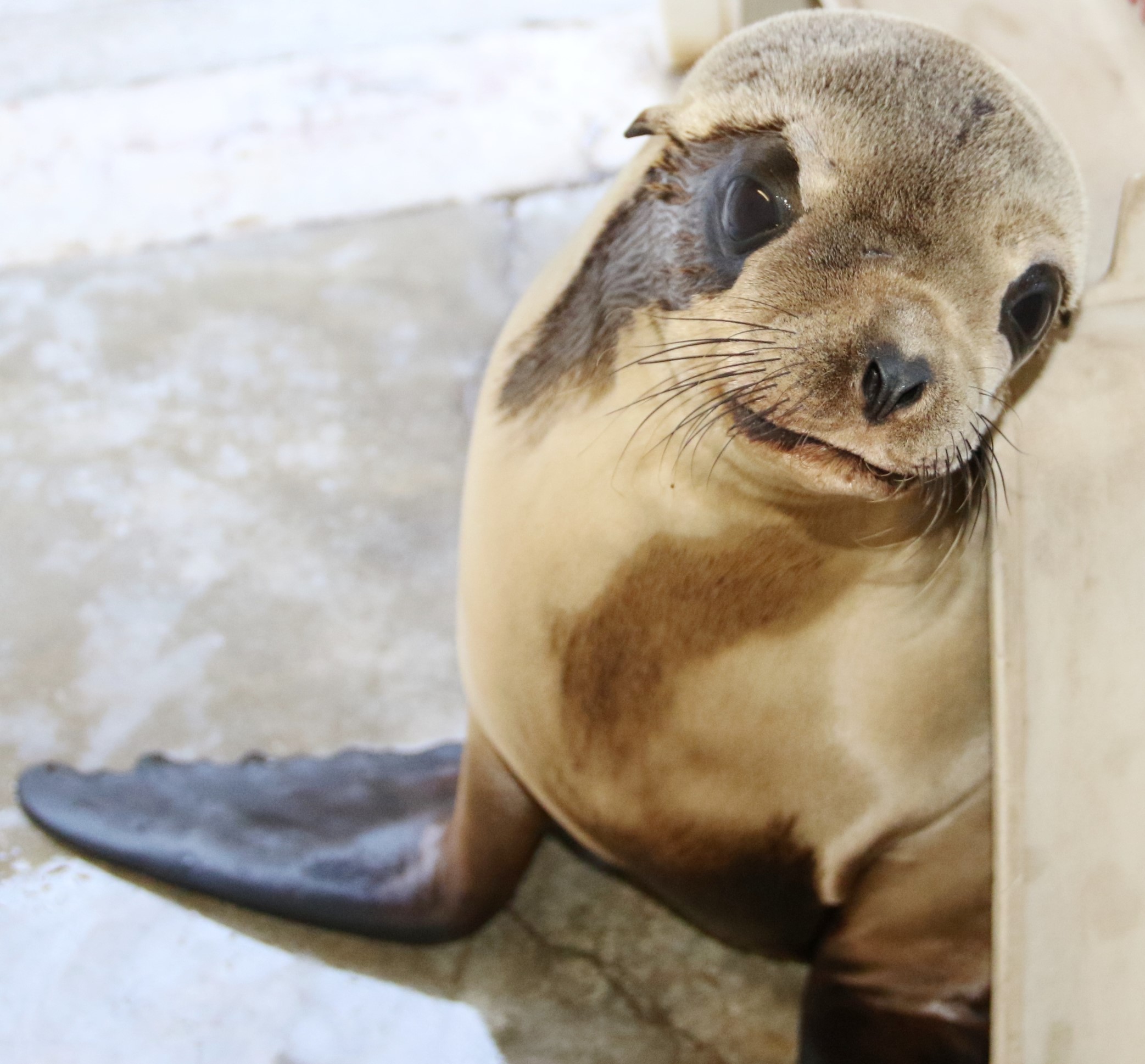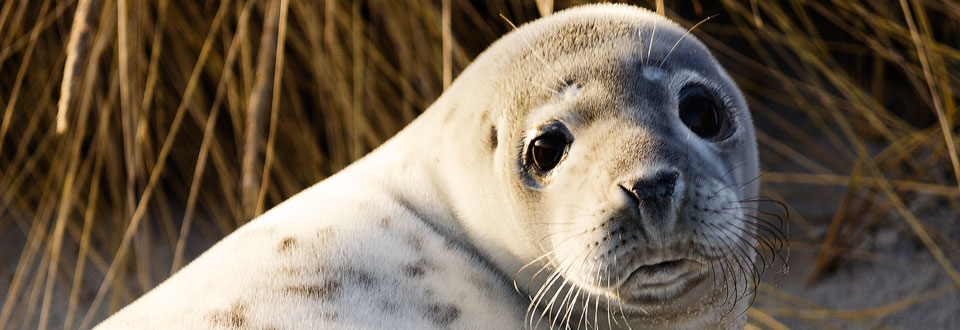
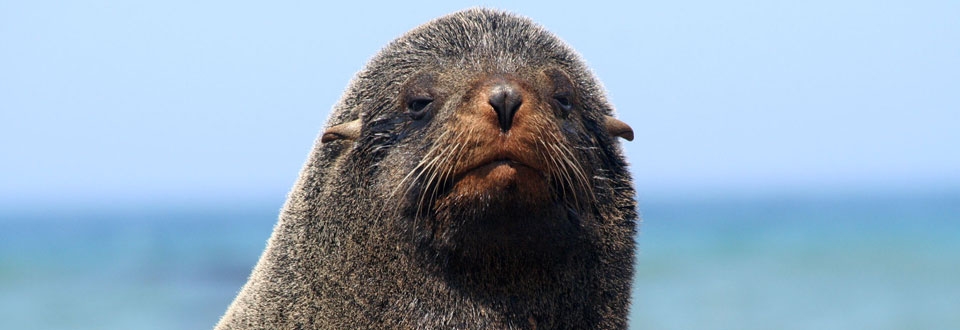
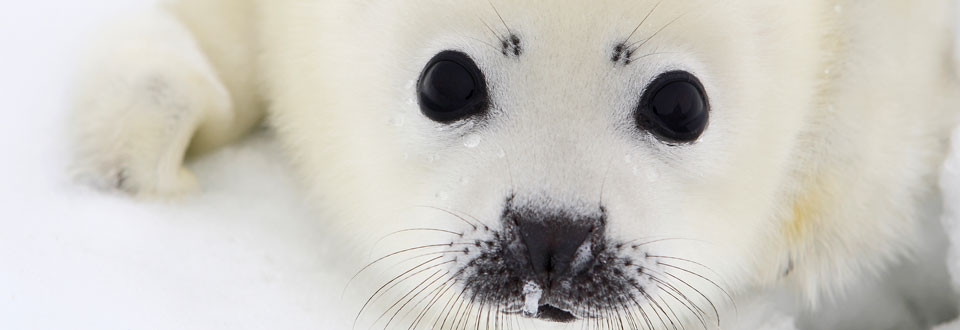
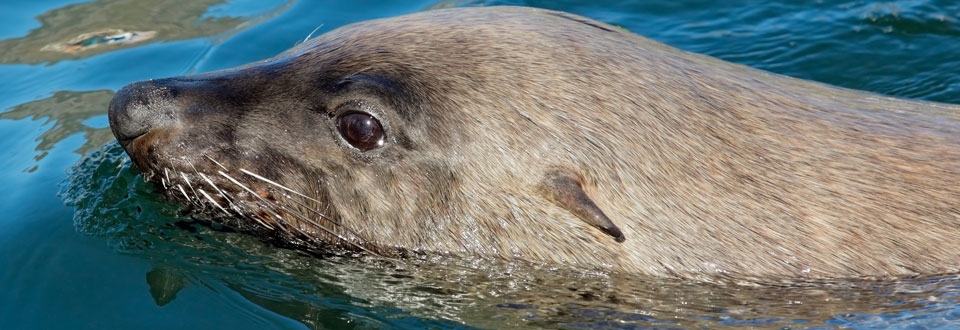
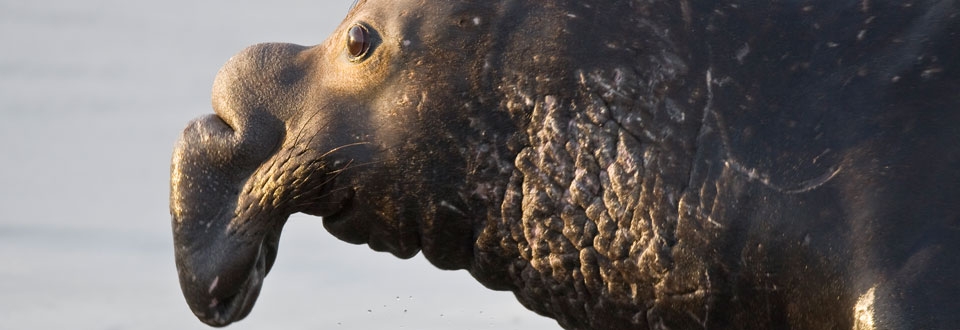
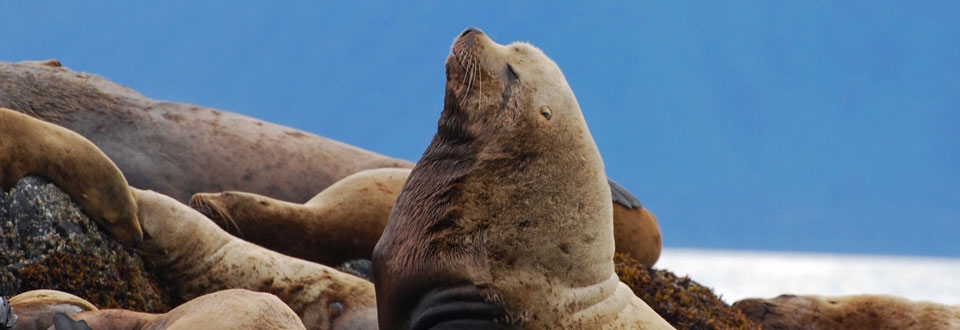
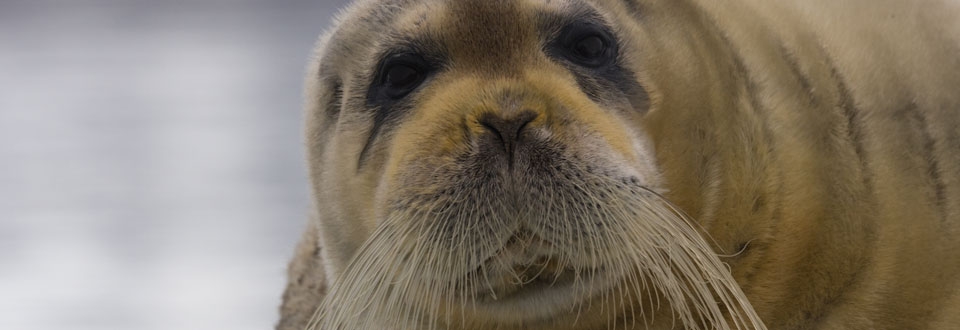
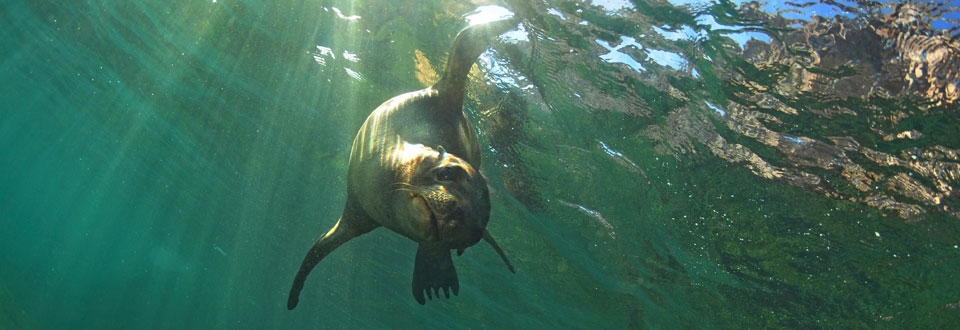
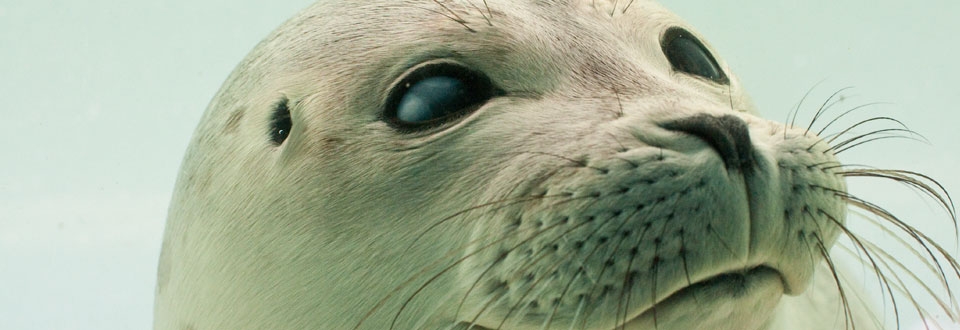
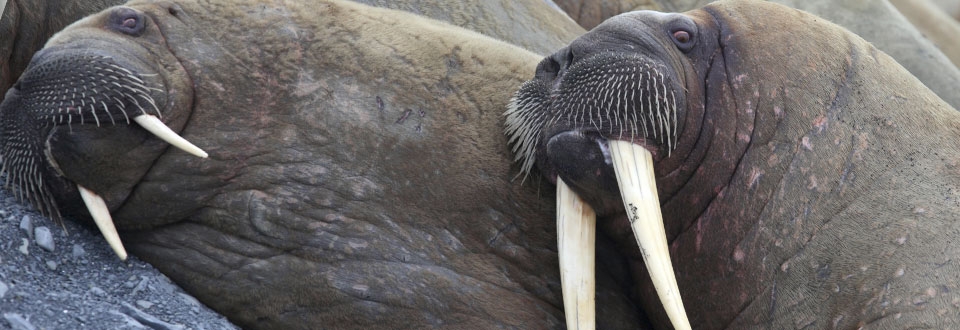
Pinniped Species
All
x
- – No known individuals remaining.
- – Known only to survive in captivity, or as a naturalized population outside its historic range.
- – Extremely high risk of extinction in the wild.
- – High risk of extinction in the wild.
- – High risk of endangerment in the wild.
- – Likely to become endangered in the near future.
- – Lowest risk. Does not qualify for a higher risk category. Widespread and abundant taxa are included in this category.
- – Not enough data to make an assessment of its risk of extinction.
- – Has not yet been evaluated against the criteria.
Guadalupe Fur Seal
- – No known individuals remaining.
- – Known only to survive in captivity, or as a naturalized population outside its historic range.
- – Extremely high risk of extinction in the wild.
- – High risk of extinction in the wild.
- – High risk of endangerment in the wild.
- – Likely to become endangered in the near future.
- – Lowest risk. Does not qualify for a higher risk category. Widespread and abundant taxa are included in this category.
- – Not enough data to make an assessment of its risk of extinction.
- – Has not yet been evaluated against the criteria.
Males – 7ft
Females – 5ft
Males – 400lbs
Females – 110lbs
The Guadalupe fur seal is the only Arctocephalus species that resides north of the equator. They are a non-migratory species and their population can be found almost entirely on Guadalupe Island, Mexico. There are, however, small populations off Baja California on San Benito Island and off of Southern California on San Miguel Island.
Guadalupe fur seals are known for their pointed snouts and flat heads. In addition, they have broad front flippers. Their fur is dark brown to black in color, and adult males have tan or yellow hairs on the back of their manes.
Squid, mackerel, and lantern fish.
Guadalupe fur seals are found in tropical waters. Little is known of their whereabouts during the non-breeding season, though during the breeding season they can be found on rocky coasts and in coastal caves.
Breeding season typically occurs from June to August. Males will mate with up to 12 females during the season while defending a small territory. Females arrive in early June to give birth then breed a week later. Weaning occurs at nine months.
In 1975, Guadalupe Island was declared a pinniped sanctuary by the Mexican government. In 1985, the Guadalupe fur seal was listed as “threatened” under the Endangered Species Act.
Historically in the 1700 and 1800s, Guadalupe fur seals were heavily hunted by commercial sealers. Currently, by-catch data is not available for the Guadalupe fur seal, however there have been documented injuries due to entanglement.
In the early 1900s, the Guadalupe fur seal was thought to be extinct.




 Animal Encounter
Animal Encounter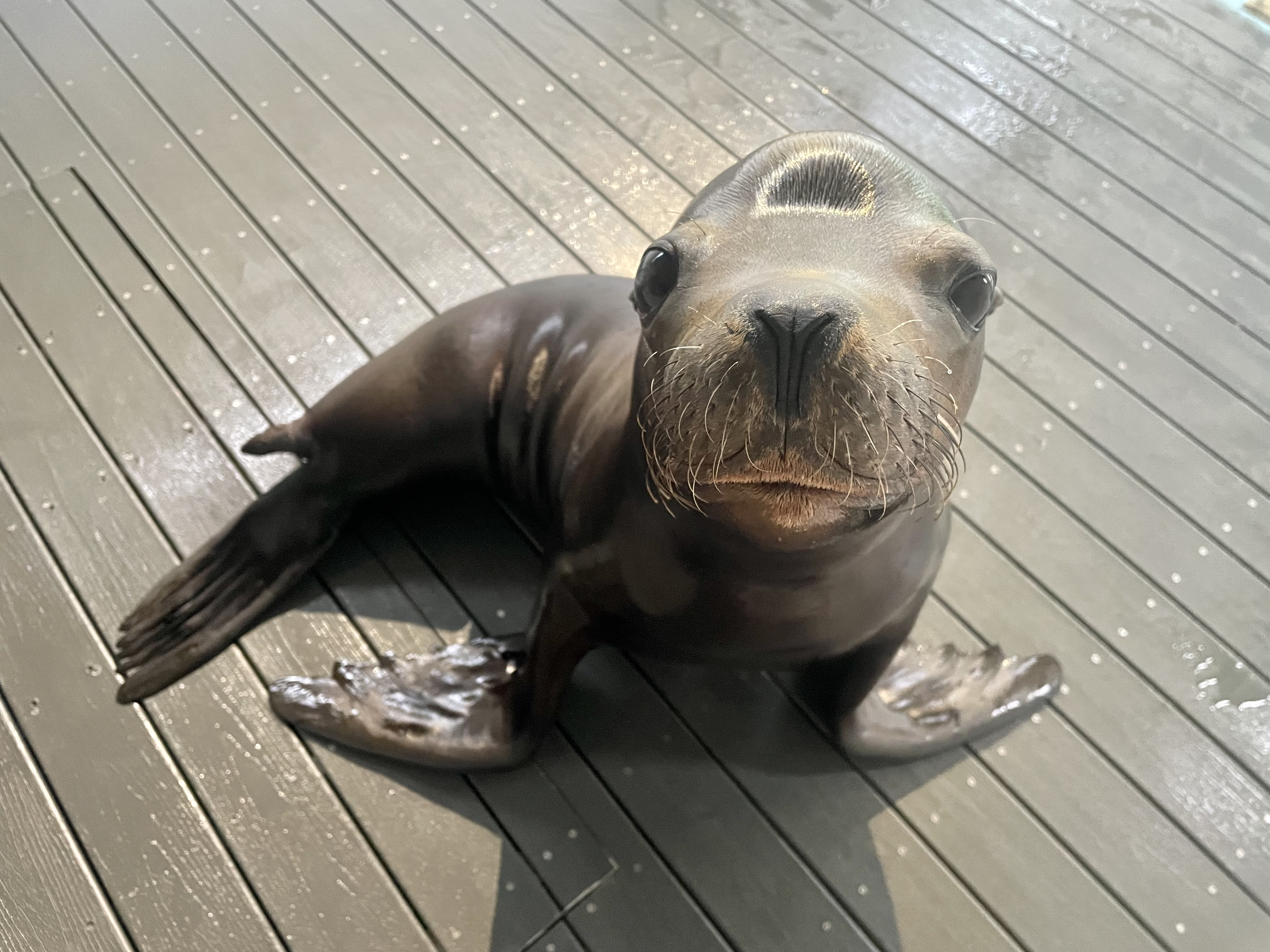 Our Locations
Our Locations
 Family Fun
Family Fun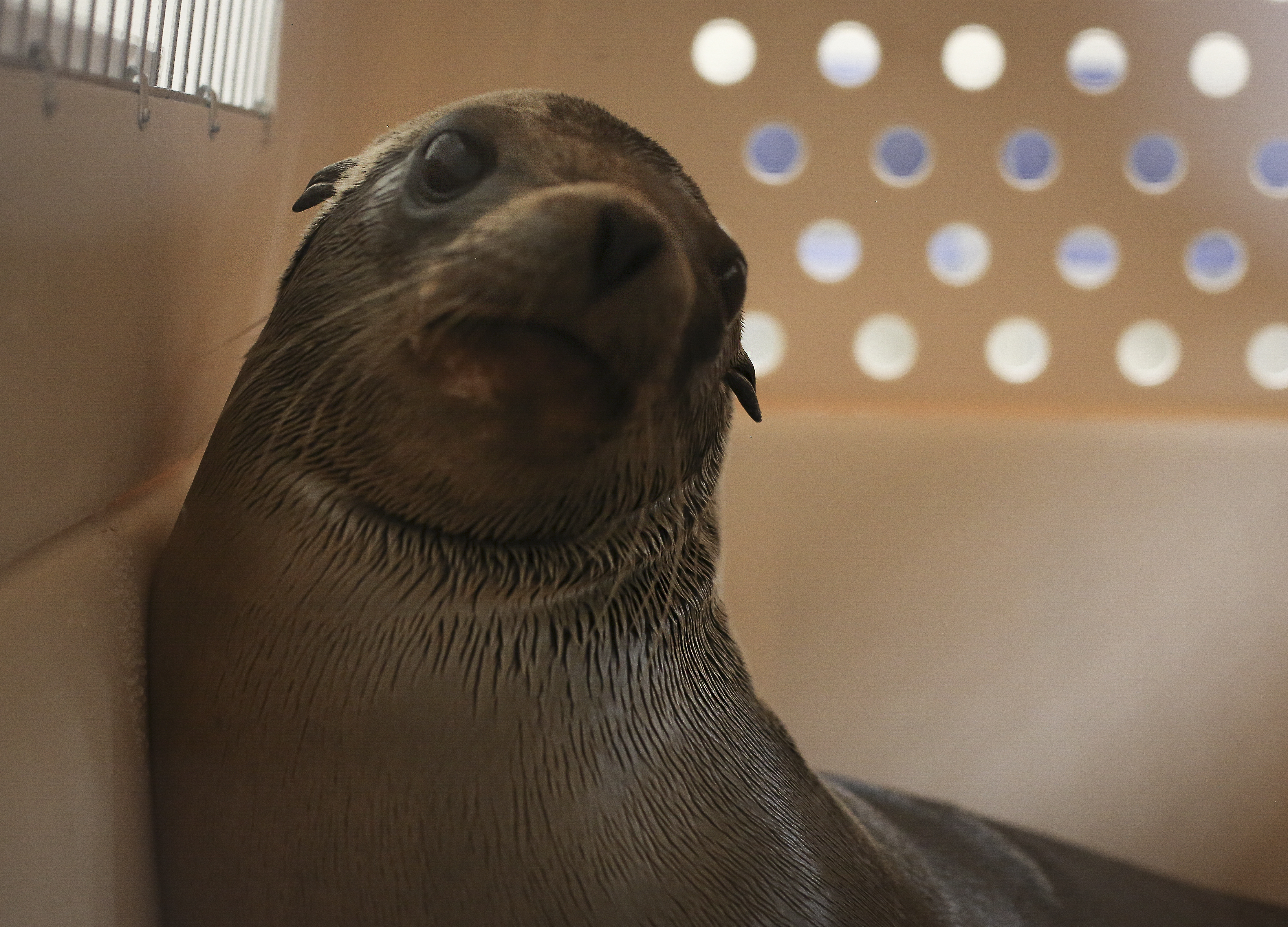

 Meet Ripley!
Meet Ripley!

